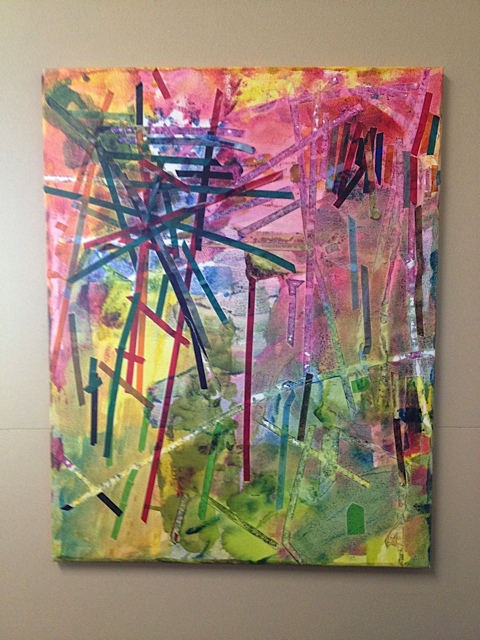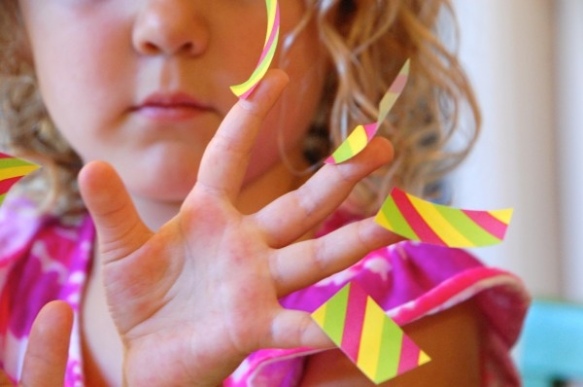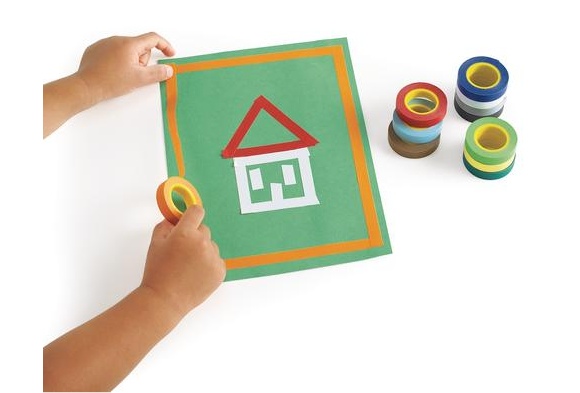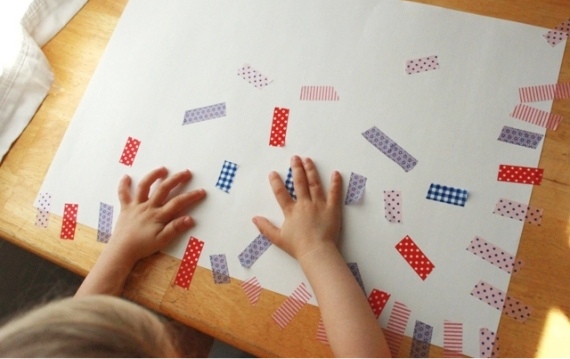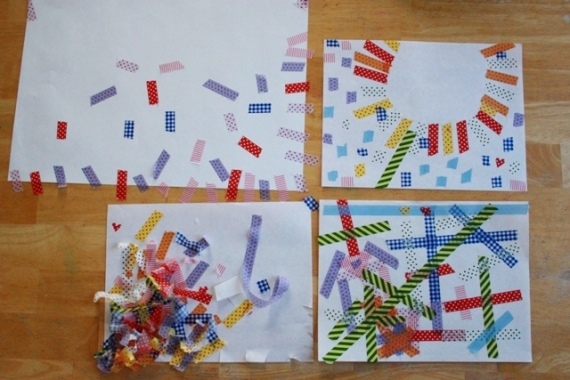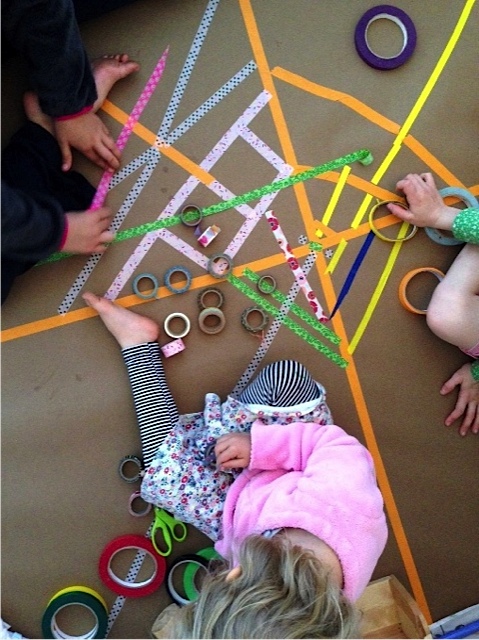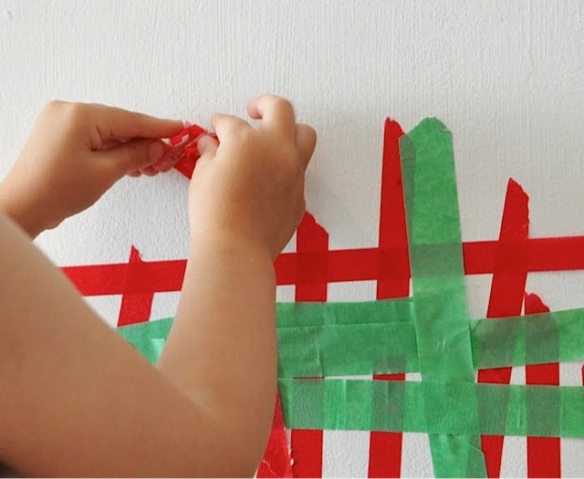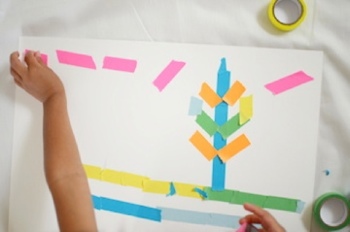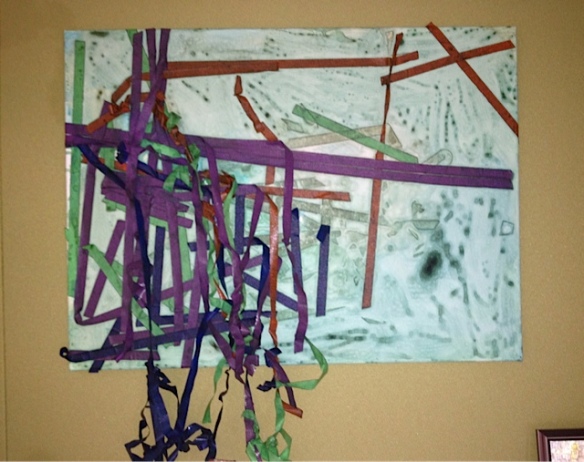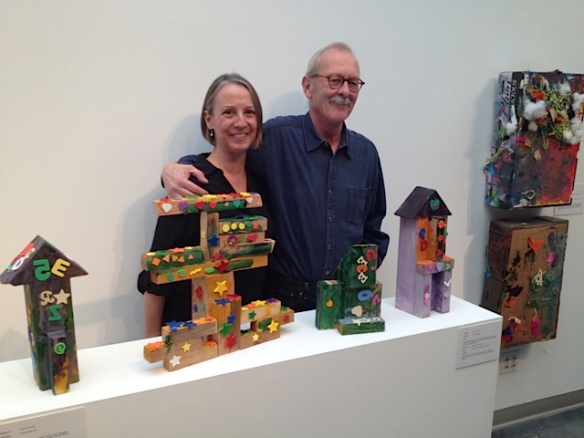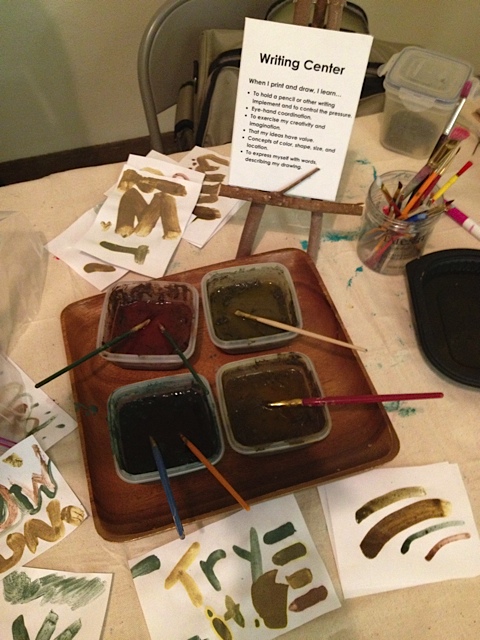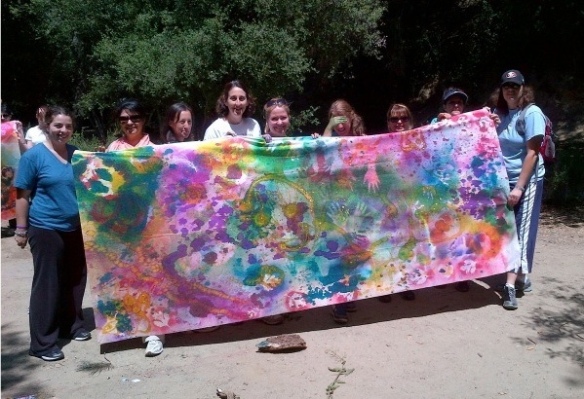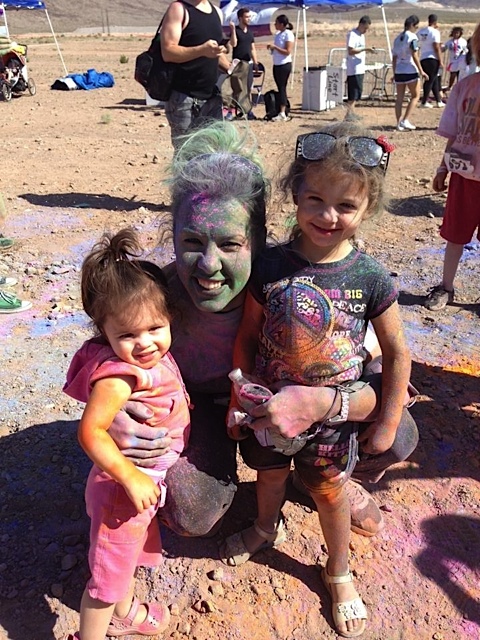
I love to sing praises for Colorations® art materials, how can you NOT love a brand with that name? There’s always something new, sparkly or magical coming down the pike. So I say, who needs the high-priced brand, when Colorations® is less expensive and of better quality. Do you feel the same?
When the new year rolls around, it’s fun to see what’s NEW in Colorations® art. Have you taken time to experiment with something new lately? If not, why not try something NEW each time you re-stock. If you “change up” your list of art supplies and new things here and there, you’ll help S-T-R-E-T-C-H young minds and imaginations. It’s true! Creativity thrives on new input, and new materials provide unique challenges and discoveries.

This weekend I experimented with three Colorations® dough products to compare and contrast their properties. It felt like a science experiment as I immersed myself in exploration and documented my results.

I was eager to try a brand new product: Colorations® Amazing Air-Dry Modeling Foam. Why was it called foam and not dough? How was it different from Colorations® IncredibleFoam® Dough or Air Dry Putty? How could I use it to raise my Ecers scores for 3-D art? Given fifteen minutes to play with it, here’s what I found out:
The colors are bright and inviting. The small air-tight containers are practical and re-usable. The price is right at $14.99 for a set of 12 colors. After digging in, I realized immediately that it’s way denser than other manipulatives. It offers a completely different tactile experience than play dough or homemade putties. Children will enjoy the simple process of rolling and pounding it. You can use it with the same clay tools you have on hand. I took the green and made a simple pinch-pot to test the material’s stretch-ability. It’s pretty amazing – unlike any art material I had ever played with.
On a therapeutic note: Because Colorations® Amazing Air-Dry Modeling Foam is dense, it would serve as a great tool for helping children channel stress and calm themselves down if they’re feeling angry or fidgety. In other words, modeling foam will provide a physical release for tension much like the resistant putties that occupational therapists use. It will also help develop muscle strength in hands and fingers, which is excellent preparation for early handwriting skills.

Look at how the dense quality allows it to stand up tall and keep its shape. Here I rolled out the blue, took a potato press to the pink, and simply squeezed the orange in my fingers. They held together when I pressed them, but if I was going to keep this I would add a little white glue to hold it together. If I didn’t want to keep it, I would put it back in the plastic air-tight containers, for re-use another day.
As first this product looks a lot like Colorations® IncredibleFoam® Dough, but it has a much finer grain, so it holds a shape more easily. It also dries hard and is perfect for 3-D art (required by Ecers, remember?). I look forward to seeing children use it in large recycled 3-D art, by molding and gluing it onto cardboard boxes, wooden blocks, plastic bottles and other recyclables.

Here you see how another green bowl made from Colorations® IncredibleFoam® Dough compares. IncredibleFoam® has much larger grains, so it makes a rougher bowl shape. While the Air-Dry Modeling Foam dries overnight, the IncredibleFoam® never dries. Both art products are fun to play with and can be completely child-directed.

My favorite Colorations® dough is Colorations® Super Lightweight Air-Dry Putty. I love the white version since you can paint white air-dry putty with any water-based paint or marker, and therefore personalize it completely. But lately I’ve been working with the colored version of air-dry putty, which works beautifully with the new dough pattern plates. In fact, pattern plates and air-dry putty were born to go together.


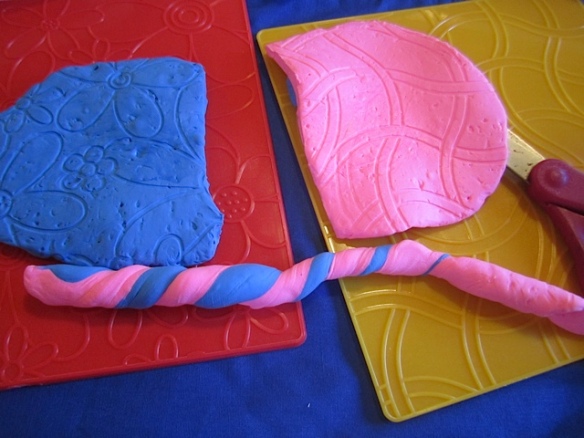
Air-dry putty is extremely fine-grained, so it picks up incredible details when imprinted with clay tools or pressed onto these patterned dough plates. These pattern plates will make all your play dough and clay experiments more fun, too.

Next I brought out a pack of new In the Garden Plastic Beads. These brightly colored beads were much smaller than I expected, but they were full of delightful little colored leaves. I was worried that no small child could string these beads because the holes are small, but they all fit perfectly onto Colorations® black elastic cord. I think they’d be fine for four- and five-year-old children to string. Plus they make great glue-down collage materials for the younger set and you get 800 beads in a pound, so this is a good budget-stretcher that ties in with nature themes.


In the Garden Beads are very dimensional and make interesting stamped patterns on the air-dry putty. I used some of the leaf beads as stamps, and then adhered other leaf beads into the putty with a little glue. This is an excellent exercise in fine motor skill development, and the designs will motivate children who are visual thinkers.


My mind kept going back to recycling, so I found a baby food jar and placed a large ball of putty on the lid as a decoration. Then I glued some more putty around the sides. I could have continued my discoveries, letting one idea flow into the next, but I was running out of time and the Super Bowl was about to begin.

To finish off my experiments, I rolled out all the excess air-dry putty and created a simple Mandala with what I had on the table. When in doubt with what to make, take a paper plate and create a mandala. There’s something about a circular design that’s always satisfying.
Thanks for witnessing my discoveries, and please try some of your own soon.
Materials Used:
Colorations® Super Lightweight Air-Dry Putty – Colored (CPUTTY)
Colorations® Super Lightweight Air-Dry Putty – White (WPUTTY)
Colorations® IncredibleFoam® Dough (FOAMDO)
Colorations® Amazing Air-Dry Modeling Foam (MODFOAM)
Patterned Dough Plates (DOPLATES)
In the Garden Plastic Beads (NATUREBD)
Black Beading Elastic (BLKELAS)
To celebrate Discount School Supply’s love affair with Colorations®, we are hosting a giveaway on our Facebook page! Beginning the week of February 10, you could win a Stamp Prize Pack, a Craft Prize Pack, a Finger Paint Prize Pack, a Paint Prize Pack or the Grand Prize of a Colorations® Ultimate Liquid Watercolor™ Paint Kit! Head over to our Facebook page to enter to win our drawing! The contest ends on Friday, February 14!
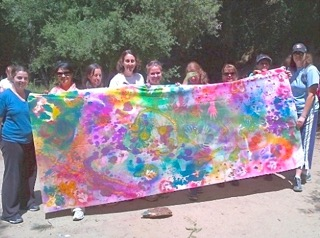

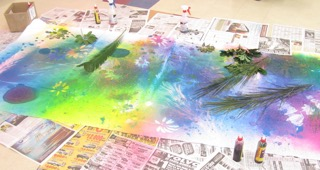






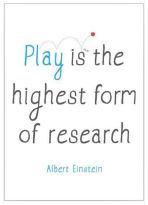
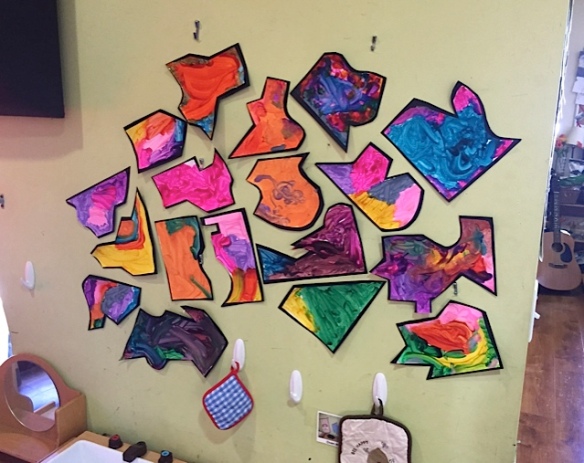
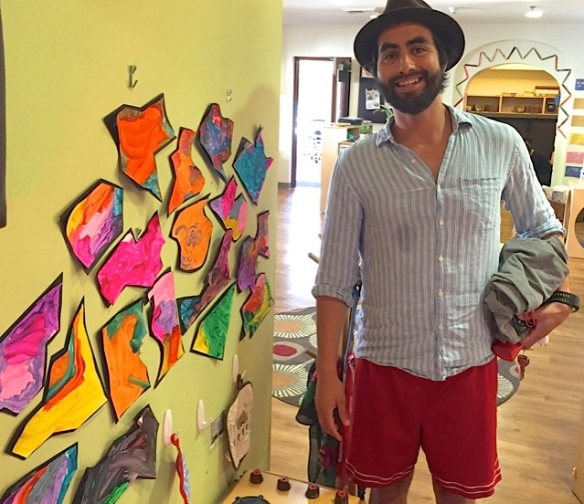

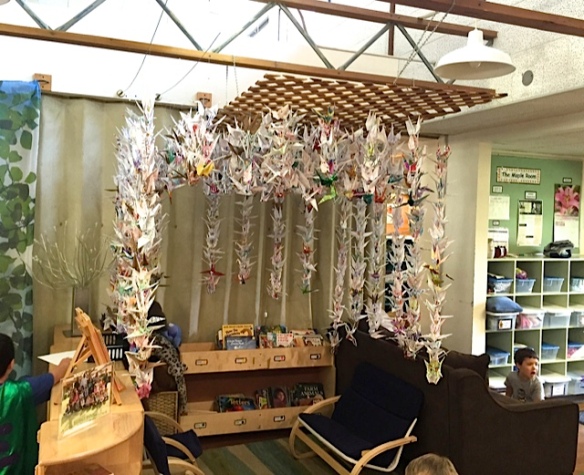
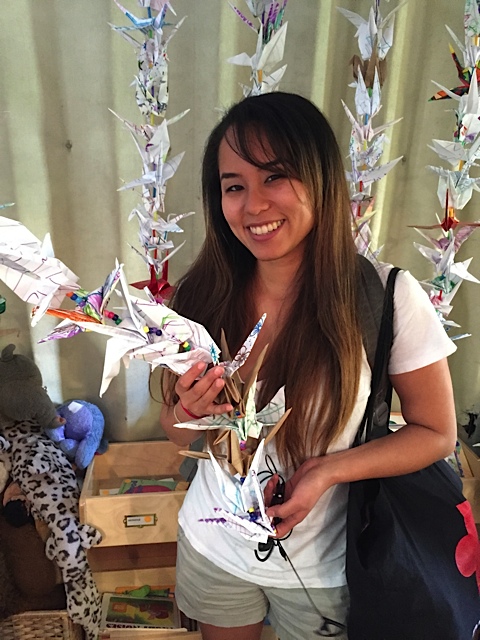
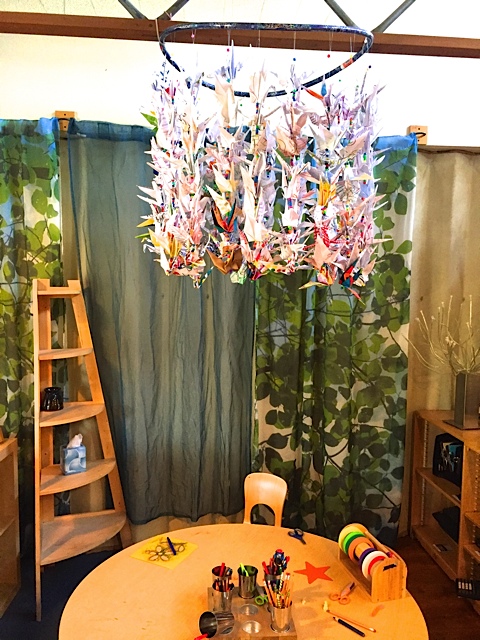

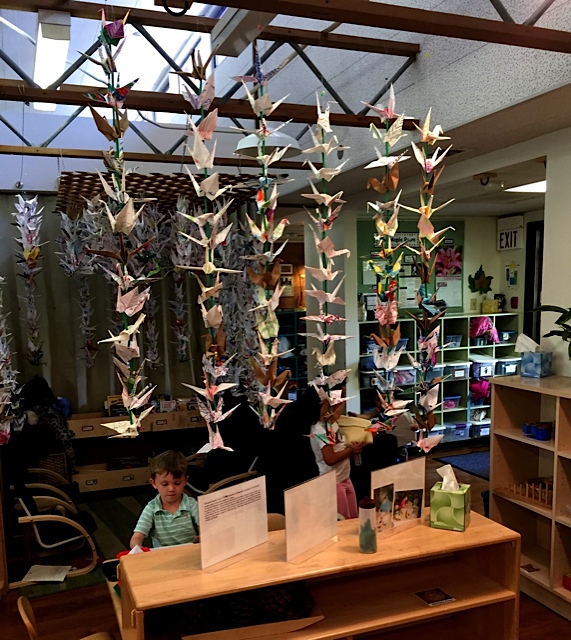

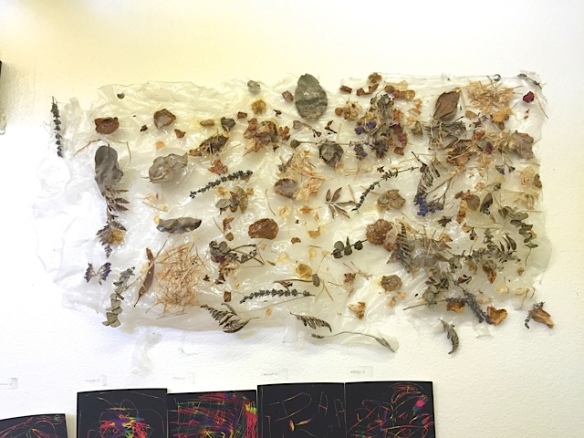

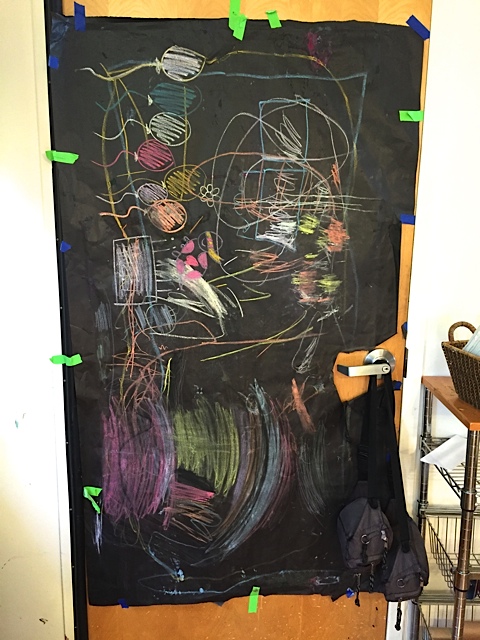











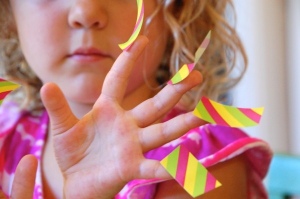




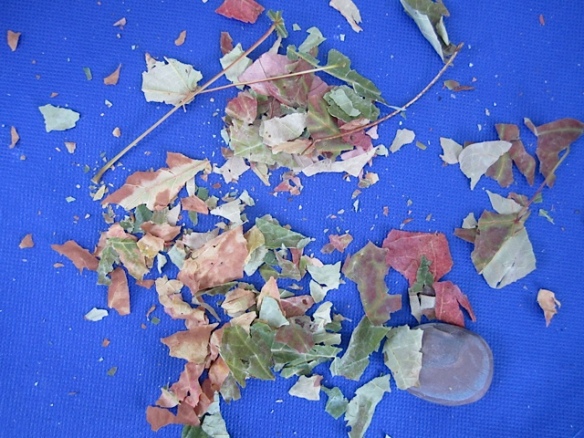
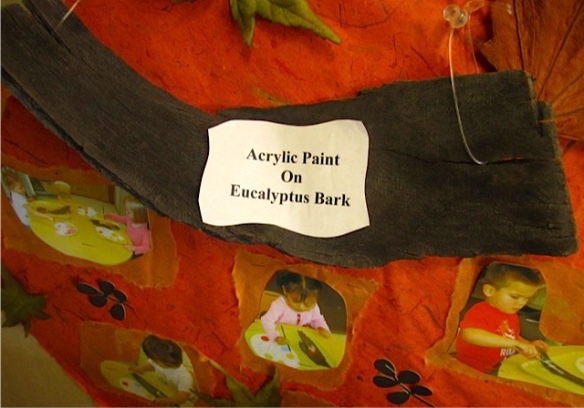
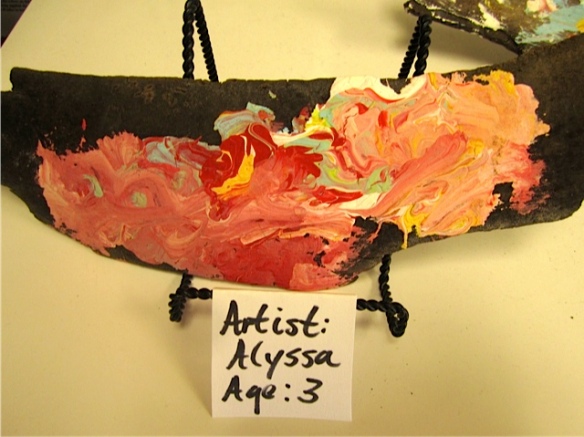


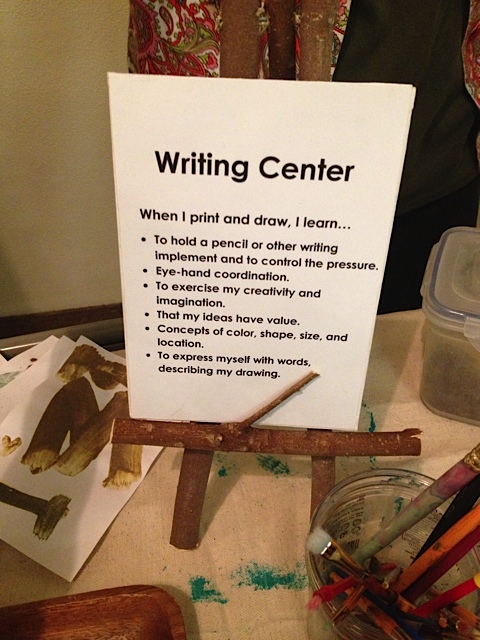
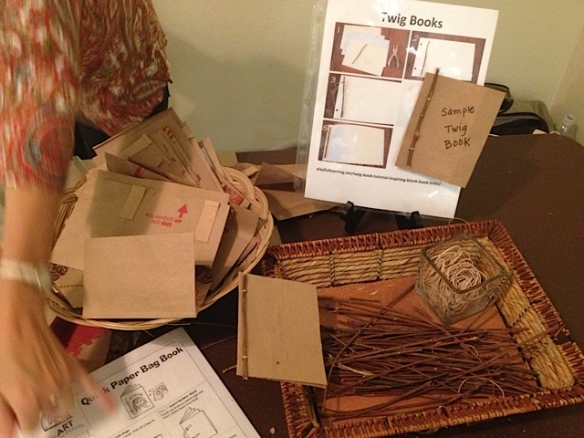


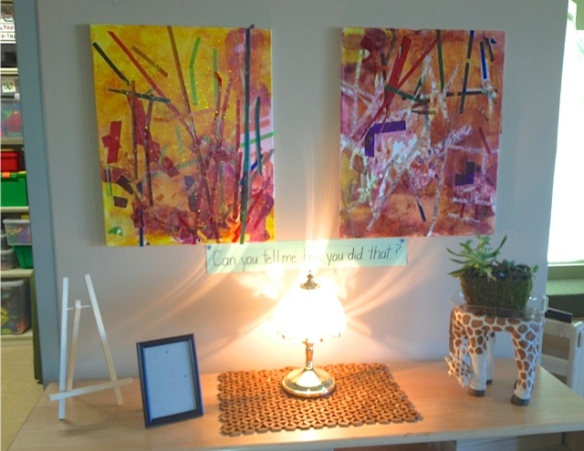 Colored craft tapes are exploding with bright colors, patterns and FUN this year, so it’s the perfect time to discover this newly expanded arts and crafts material. Catch onto this trend, and you’ll be amazed at some of the easy applications you’ll discover.
Colored craft tapes are exploding with bright colors, patterns and FUN this year, so it’s the perfect time to discover this newly expanded arts and crafts material. Catch onto this trend, and you’ll be amazed at some of the easy applications you’ll discover. 